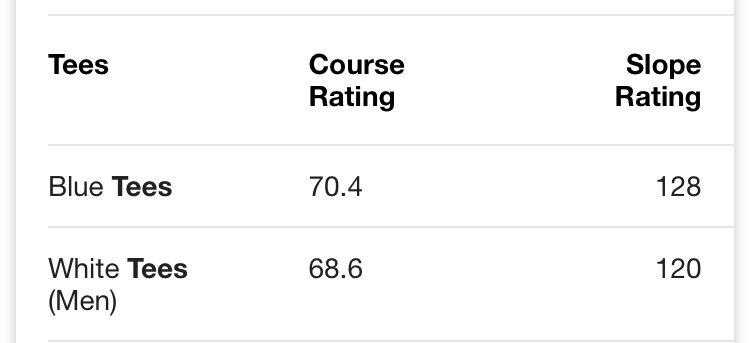dduarte85;n8881424 said:
From the whites I average even par 72, from the blues I tend to shoot around 76-78.
My handicap is at 3.9
When I play a “real” golf course (that’s a mixed bag that people here will give me a ton of flack about) I tend to shoot right around 85. Some of that is because it’s my first time around that course and then just killer lightning fast greens that take me 8 holes to even start to comprehend some kind of pace on them. Those are courses like TPC Boston, Old Sandwich, Boston Golf Club where I’m standing on a 495 yard par 4 tee box and find myself hitting a damn 3 wood into a green all day.
Well I’d probably agree with you in that in your case, the handicap system is a bit flawed. Is this a course you’re a member at? Because if you decided to play other courses more often, I’m sure your cap would even out.











